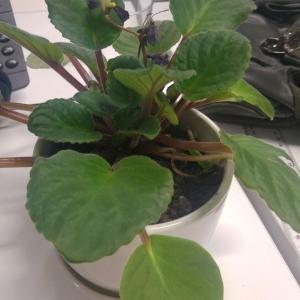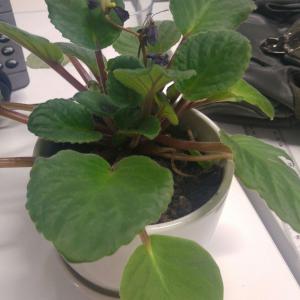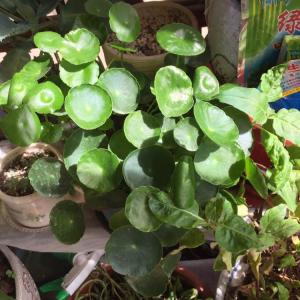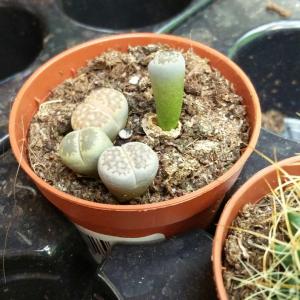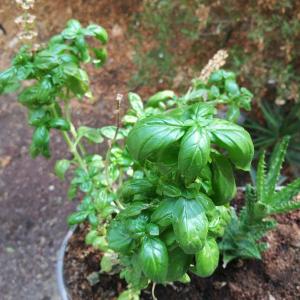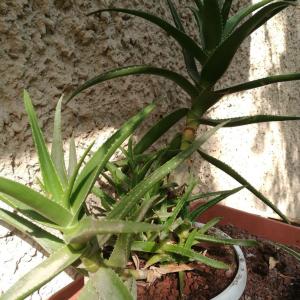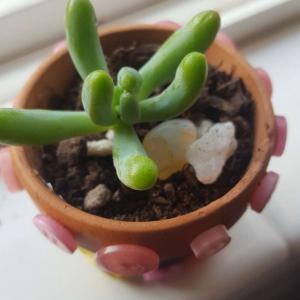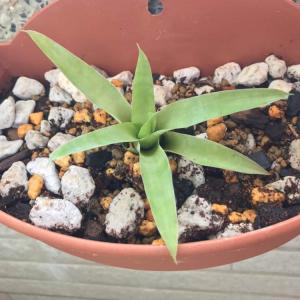文章
Dummer. ゛☀
2017年09月14日

Readers email me all of the time during the cold-weather months to ask, "Why is my arborvitae turning brown?" In fact, I witness the phenomenon frequently, myself while driving around during the cold New England (USA) winters and observing people's landscapes. As common an issue as this is, I felt that it deserved the article that follows, to help homeowners understand:
The nature of the problem (that is, the reason for so-called "winter burn").
How to prevent it.
Or, failing successful prevention, what to do about it, should it occur.
The Reason Why Arborvitae Foliage Turns Brown
If your arborvitae shrub turns brown, it could, depending on the time of the year, be due to a problem known as "winter burn." Did it turn brown over the course of the winter or early spring? Then winter burn is, indeed, likely to be your problem. What is it all about? Well, the combination of wind, sun, freezing temperatures, and lack of available water in winter can cause arborvitae foliage (and the leaves of other evergreens, as well) to turn brown, due to so-called "desiccation" (which means drying out). Water is the lifeblood of foliage. When an evergreen shrub can't draw water up through its root system to its leaves during periods when the ground is frozen (at which time any moisture in the soil becomes unavailable, as nature "shuts down"), those leaves -- beset by challenging conditions, as it is -- give it up their green color.
They have been killed by winter burn.
How to Prevent Winter Burn (or Deal With It If It Has Already Occurred)
So how do you prevent arborvitae leaves from turning brown? And if browning does occur during the cold weather months, what action, if any, should you take once spring returns? I will begin with five prevention tips:
Protect with tree wrap (picture)
Select a sheltered location at planting time
Water in late fall
Water during thaws
Mulch over the root zone
Regardless of the type of arborvitae you plant, your best bet for avoiding winter burn is to wrap the arborvitae in burlap. Placement in the landscape can also help prevent browning: avoid planting arborvitae on the south side of a wall (the sun can be an enemy in winter) or in an area exposed to high winds. Many experts recommend easing up some on watering arborvitae in September to encourage hardening off, then maintaining adequate irrigation from October until whenever the ground freezes in your area. Such an irrigation regimen will help prepare the shrubs for winter.
Also look for opportunities to water your arborvitae during the winter. You have probably heard the term, "January thaw," right? If the ground thaws out at some point in the winter (thaws can happen in February, too), take advantage. With the soil loose again thanks to the thaw, any water you spray on the ground can permeate down to the plant's root zone once again. This drink could help your shrub in the same way that a glass of water slakes the thirst of a wanderer in the desert.
As a final preventive measure, you will want to apply garden mulch around your arborvitae.
Remember, winter burn is a moisture issue, at bottom. And mulch helps conserve moisture in the soil around a plant. So it is a no-brainer to mulch your shrub if you are concerned about the possibility of winter burn.
Arborvitae branches whose foliage turns brown (entirely) due to winter burn may not come back, but there is no sense in being hasty about pruning (you never know), so I would hold off on pruning until well into the spring or even summer. Only time will tell as to whether your arborvitae branches will recover from winter burn; there is not much you can do to reverse the damage that results in brown foliage. Instead, direct your efforts at preventing winter damage in the future (see above). If green growth does, eventually, re-emerge on a branch damaged by winter burn, prune the branch back as far as that greenery.
But if the arborvitae branch never shakes the "brown look," just prune if off entirely.
The nature of the problem (that is, the reason for so-called "winter burn").

How to prevent it.
Or, failing successful prevention, what to do about it, should it occur.
The Reason Why Arborvitae Foliage Turns Brown
If your arborvitae shrub turns brown, it could, depending on the time of the year, be due to a problem known as "winter burn." Did it turn brown over the course of the winter or early spring? Then winter burn is, indeed, likely to be your problem. What is it all about? Well, the combination of wind, sun, freezing temperatures, and lack of available water in winter can cause arborvitae foliage (and the leaves of other evergreens, as well) to turn brown, due to so-called "desiccation" (which means drying out). Water is the lifeblood of foliage. When an evergreen shrub can't draw water up through its root system to its leaves during periods when the ground is frozen (at which time any moisture in the soil becomes unavailable, as nature "shuts down"), those leaves -- beset by challenging conditions, as it is -- give it up their green color.

They have been killed by winter burn.
How to Prevent Winter Burn (or Deal With It If It Has Already Occurred)
So how do you prevent arborvitae leaves from turning brown? And if browning does occur during the cold weather months, what action, if any, should you take once spring returns? I will begin with five prevention tips:
Protect with tree wrap (picture)
Select a sheltered location at planting time
Water in late fall
Water during thaws
Mulch over the root zone

Regardless of the type of arborvitae you plant, your best bet for avoiding winter burn is to wrap the arborvitae in burlap. Placement in the landscape can also help prevent browning: avoid planting arborvitae on the south side of a wall (the sun can be an enemy in winter) or in an area exposed to high winds. Many experts recommend easing up some on watering arborvitae in September to encourage hardening off, then maintaining adequate irrigation from October until whenever the ground freezes in your area. Such an irrigation regimen will help prepare the shrubs for winter.
Also look for opportunities to water your arborvitae during the winter. You have probably heard the term, "January thaw," right? If the ground thaws out at some point in the winter (thaws can happen in February, too), take advantage. With the soil loose again thanks to the thaw, any water you spray on the ground can permeate down to the plant's root zone once again. This drink could help your shrub in the same way that a glass of water slakes the thirst of a wanderer in the desert.

As a final preventive measure, you will want to apply garden mulch around your arborvitae.
Remember, winter burn is a moisture issue, at bottom. And mulch helps conserve moisture in the soil around a plant. So it is a no-brainer to mulch your shrub if you are concerned about the possibility of winter burn.

Arborvitae branches whose foliage turns brown (entirely) due to winter burn may not come back, but there is no sense in being hasty about pruning (you never know), so I would hold off on pruning until well into the spring or even summer. Only time will tell as to whether your arborvitae branches will recover from winter burn; there is not much you can do to reverse the damage that results in brown foliage. Instead, direct your efforts at preventing winter damage in the future (see above). If green growth does, eventually, re-emerge on a branch damaged by winter burn, prune the branch back as far as that greenery.
But if the arborvitae branch never shakes the "brown look," just prune if off entirely.
0
0





